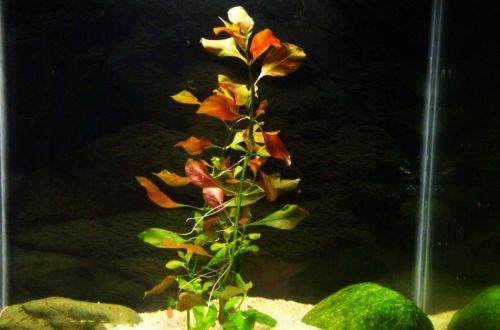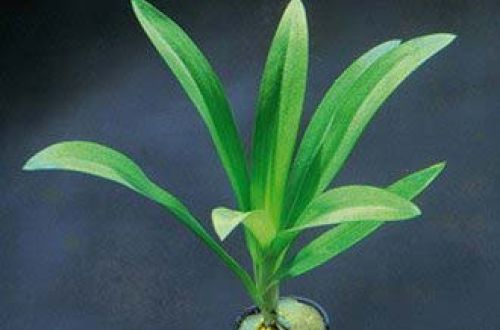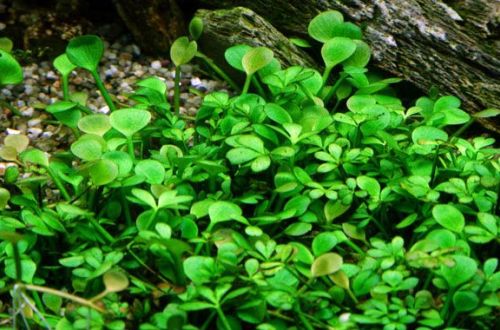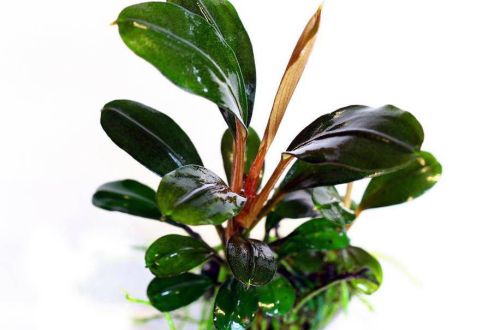
Ludwigia creeping
Creeping Ludwigia or Ludwigia Repens, scientific name Ludwigia repens. The plant is native to North and Central America, where it is widely distributed along the southern states of the United States, Mexico, and also in the Caribbean. Found in shallow water, forming dense aggregations. Despite its name, Ludwigia grows almost vertically under water, and repens = “crawling” refers to the surface part, which usually spreads along the surface of the water.

This is one of the most common aquarium plants. On sale there are several varieties that differ in the shape and color of the leaves, as well as many hybrids. Sometimes it is very difficult to distinguish one variety from another. The classic Ludwigia repens has a long stem up to half a meter in height with dense glossy elliptical leaves. The upper part of the leaf blade is dark green or red, the shades of the lower part vary from pink to burgundy. For a pronounced red color, the plant must receive enough light, a low concentration of NO3 (no more than 5 ml / l) and a high content of PO4 (1,5–2 ml / l) and iron in the soil are also required. It is worth noting that too bright lighting will lead to the appearance of a large number of side shoots, and the stem will begin to bend, deviating from the vertical position.
If the presence of red shades is not decisive, then Ludwigia Repens can be considered a rather undemanding and easy-to-grow plant. Reproduction is very simple, it is enough to separate the side shoot and immerse it in the ground.





